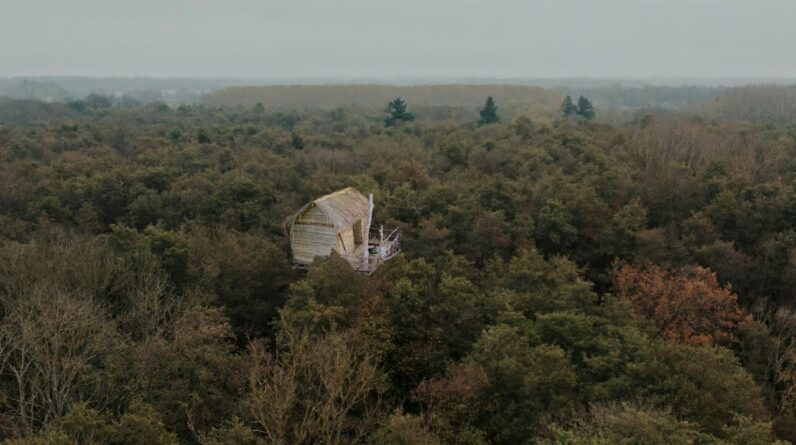The Ultimate Guide: 10 Essential Bug-Out Shelter Locations for Your Emergency Plan
Introduction
In today’s world, being prepared for any emergency is more important than ever. Whether it’s natural disasters, societal unrest, or other unforeseen events, having a bug-out plan is crucial. A key component of this plan is knowing where to go when you need to leave in a hurry. This blog post will guide you through 10 bug-out shelter locations that you should consider for your emergency plan.
1. Remote Woodland Cabins
Secluded cabins in the woods offer a classic bug-out location. They are typically away from densely populated areas and provide a natural barrier against many types of emergencies. Ensure the cabin is well-stocked and easily accessible.
2. Mountain Retreats
Mountainous areas are ideal due to their isolation and strategic vantage points. They are less likely to be affected by flooding and provide natural fortifications in case of societal unrest.
3. Underground Bunkers
For those seriously preparing for worst-case scenarios, underground bunkers are the pinnacle of safety. These can protect you from extreme weather events, nuclear fallout, and other high-threat situations.
4. Rural Farmsteads
Farms in rural areas provide not just isolation, but also the means to sustain yourself over a long period. They offer the potential for food production, water sourcing, and ample space.
5. Desert Hideaways
Desert locations are often overlooked, but their harsh environment can be an advantage. They are less attractive to the masses, meaning fewer people to contend with in a crisis.
6. Small Islands
If accessible, small islands can be ideal bug-out locations. They offer isolation and are naturally defensible. However, consider the logistics of getting there and sustaining yourself.
7. Converted Vehicles (RVs, Vans, Buses)
Not a place but a mobile solution, converted vehicles like RVs or buses can serve as a bug-out shelter. They provide flexibility to move away from danger zones quickly.
8. Abandoned Structures
Old, abandoned structures, such as warehouses or factories, can be prepped as emergency shelters. They are often overlooked, providing a hidden refuge.
9. National Forests and Parks
National forests and parks offer vast areas to find seclusion. They are legally accessible to the public, and you can often find remote areas that are off the beaten path.
10. Coastal Retreats
Coastal areas, especially those not in popular or high-density zones, can be excellent bug-out locations. They offer the possibility of fishing for food and the potential for travel by boat if necessary.
Conclusion
When planning your bug-out shelter, consider accessibility, sustainability, security, and your personal skill set. Each location has its unique advantages and challenges, so it’s crucial to plan accordingly. Remember, the best bug-out location is one that suits your specific needs and offers the greatest chance for safety and sustainability in a crisis. Stay prepared, stay safe, and always have a plan.






